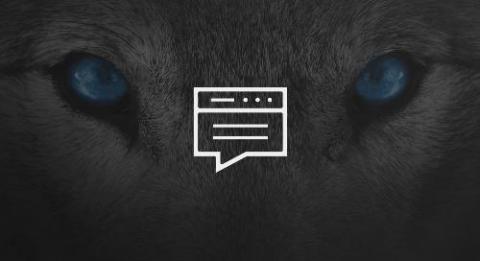The Top Cyber Attacks of December 2021
Things tend to slow down for many businesses at the end of the year. As the holidays roll in and employees take time off with their families, December is generally a time to take stock of what transpired over the year and start looking ahead to the next one. Unfortunately, that’s not how cybercriminals operate.











